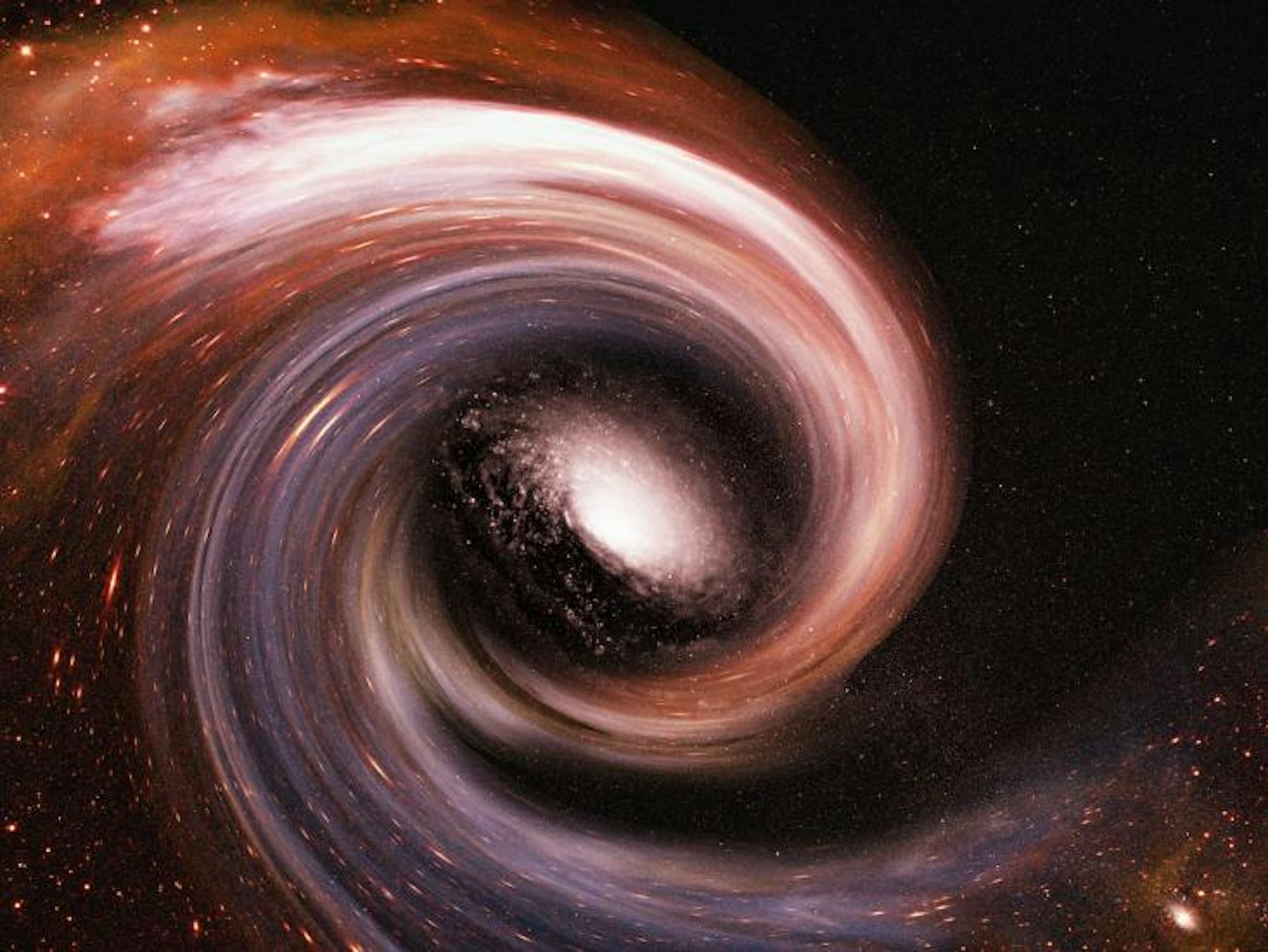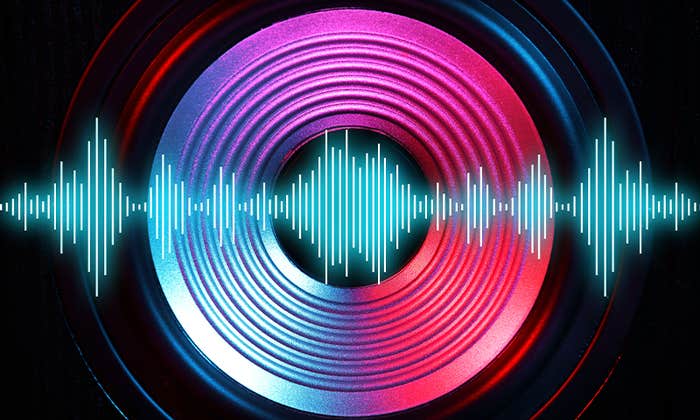On February 3, Cliff Burgess, a physicist at McMaster University, emailed some of his colleagues about an exciting rumor—a possible discovery—that, if verified at a press conference later today, would mean a “Nobel prize is coming someone’s way.”
According to “spies,” Burgess said, an instrument called LIGO (the Laser Interferometer Gravitational-Wave Observatory) had apparently observed a “spectacular” direct gravitational wave signal, minute ripples in the fabric of spacetime created by distant and very massive objects—in this case, the collision and merger of two black holes, one 36 times the mass of our Sun, the other 29 times. Einstein first theorized that gravitational waves should exist in 1915, but evidence for them has been indirect so far. LIGO may be the first instrument to ever see them directly, by measuring the slight contraction and expansion of the distance separating distant mirrors.
We asked physicists what they’d be most excited to observe with a fully functioning gravitational wave observatory. Here are their top 5 favorite targets.
1. A galactic supernova
If a star’s massive enough, it will go supernova at the end of its life, producing a spectacular explosion as the star runs out of nuclear fuel and collapses under its own weight. While our Sun may be too small to go supernova, enough large stars in the Milky Way exist for us to expect to see a supernova explosion roughly every 30 years. “It is difficult to peer into the heart of these explosions with light as we only see the surface of the explosion,” says Imre Bartos, an astrophysicist at Columbia University. “With LIGO,” says Jonah Kanner, a data analyst at Caltech and the LIGO Laboratory, “we could study the inner-workings of a stellar core-collapse in extraordinary detail.”
2. Black holes
If a collapsed star is sufficiently massive, it will curve spacetime so much that its light can’t escape, resulting in a black hole. Lawrence Krauss, a theoretical astrophysicist at Arizona State University, says he’d want to see that last moment of collapse, “to probe events near the event horizon, where physics could get very interesting.” What’s more, seeing two black holes merge, with gravity waves, would “provide the ultimate test of Einstein’s theory of general relativity,” says Eric Thrane, an astrophysicist at Monash University. “Black holes represent maximally warped spacetime. Observing two black holes collide tells us about gravity at its most extreme: strong, rapidly changing gravitational fields.” This is a kind of collision, says Bartos, that we have no other way to see.
3. Neutron Stars
If a star goes supernova and doesn’t collapse into a black hole, it could turn into a neutron star, a “fascinating object,” says Thrane. They’re so dense that a teaspoon of neutron star would weigh billions of tons. Studying matter at neutron star density in the laboratory isn’t easy, but gravitational waves, he says, “may provide a ‘cosmic laboratory’ to learn about matter at the highest possible densities.” Kip Thorne, a theoretical astrophysicist at Caltech—who also worked on Interstellar with director Christopher Nolan—says he’d want to see a “black hole tearing a neutron star apart.” Chiara Mingarelli, an astrophysicist at NASA’s Jet Propulsion Laboratory, would love to see a neutron star merge with a black hole, which might yield “insights into open problems in neutron star magnetic field decay,” she says. “It’s very exciting times indeed.”
4. The Early Universe
It’s possible that gravity waves emitted from the Big Bang, about 13.7 billion years ago, are still around. “Detecting these ‘primordial’ gravitational waves could teach us things about the Universe that we are unlikely to learn from any other experiment,” says Thrane. “In contrast, the cosmic microwave background, from which we have learned so much, tells us about the Universe at the ripe old age of 380,000 years.” Looking this far back in time would allow scientists to probe higher energy scales and more fundamental physics. Krauss suspects that peering this far back could also possibly tell us about the “existence of other universes,” born as a result of our Universe’s early inflationary phase soon after the Big Bang.
5. A surprise
Bartos says gravitational waves “present a completely new window to study the Universe and, looking through a new window, we can expect many surprises.” One of those surprises may be finding the “oscillating cosmic strings” of string theory, says Sean Carroll, a cosmologist at Caltech. “That’s a real long-shot, but would be an epochal discovery.” To Thorne, finding these wouldn’t be a “complete surprise.” For his part, he’d like to come across “something we’ve never thought of.” As for Burgess, he’d be “extremely happy” if we detect gravity waves at all. “What you really want is something that shows you something new about how nature works, and pretty much anything [scientists] see will give us that. I would just want to see a lot. It is the statistics of a population that will be more informative than any one case.”
Brian Gallagher is an assistant editor at Nautilus. @brianscottg.






























